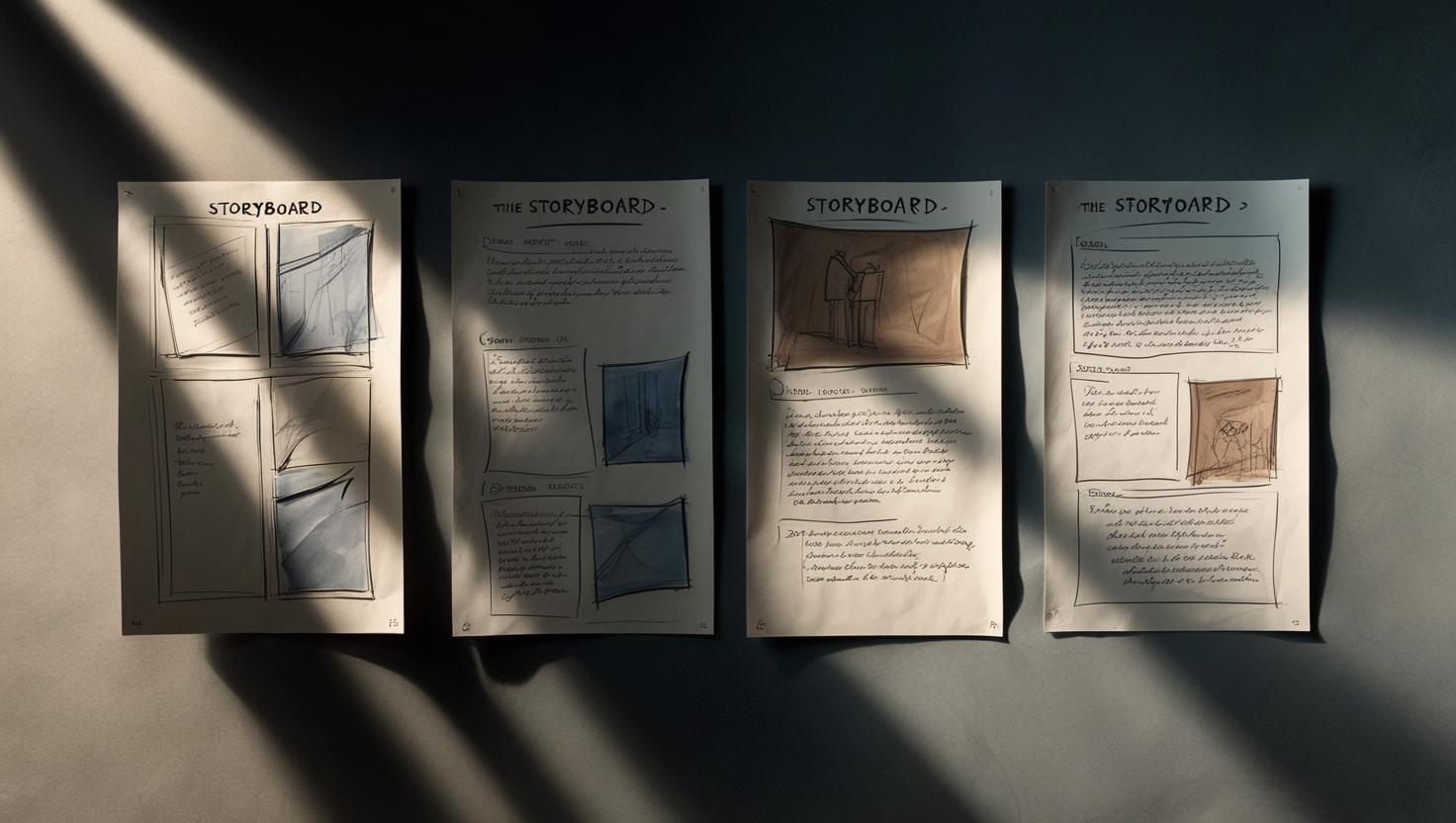Writing a voice over video script can be quite tricky. Whether it’s an explainer, e-learning or a new product release; how do you make sure that the viewer sees it through to the end? One reliable, and often used technique is called ‘the reversed setup’. It turns the way that you write upside down.
You and your listener
Many stories start out very traditional, by naming the subject and the proposition. A bit like you used to do with your show and tell presentations at school: ´I´m going to talk about guinea pigs.´ After which, not very surprisingly, your classmates got to hear everything about the guinea pig. If you were a born storyteller then your fellow students would automatically be hanging on your every word. But, still, very quickly, it would turn into just a summary of the facts.
Turn it round
Fortunately there is a technique that makes sure that people will be hanging on your every word: the reversed setup. It is a tactic in which you turn your story about.
You don’t start with a subject, and then make an argument a, b and c to add substance to it. You start differently. You start with the end. The conclusion. This brings both surprise and disorder with it. If you do it well however, then your listeners will find it almost impossible to escape your story.
I have a dream
Dr. Marten Luther King had a dream. And everyone knows what that dream was. Did you also know that this speech took almost 17 minutes? Pretty long. Fortunately, Dr. King was working with the reversed setup.
Let’s go back to the moment when Dr. King sat behind his desk to write his speech down. Highly likely that he began with a summary of all the wrongs he found in American society: the lack of work opportunities for Afro-Americans, the racism running rampant, the lack of liberty and equality.
Probably he then went on to write that he hoped change would soon come, and then to ask himself what this would mean for the next generation. And once he reached the end, he was able to see the whole span of his thoughts and form his conclusions.
A. This has been going on for so long already, and still we´re forced to have this discussion.
B. My dream is that it will be resolved.
Consequently Dr. King moved his conclusion A to the beginning of the story (where he laid out the problem). Following it up at the beginning of Act 2 with ´I have a dream´.
Would this speech have reached such legendary heights if he had only come to his conclusions after 17 minutes?
Loser or lover?
Do you know the one about the Dutchman and the American who arrived too late for their meeting? They’d both been in the same traffic jam. The Dutchman came in and said: ´Sorry, I was stuck in traffic´. You could hear his colleagues thinking: ´Idiot, you should have left the house earlier´.
The American comes in and says: ´Man, you wouldn’t believe it!´ (conclusion), ´a jackknifed lorry was blocking the whole road, you couldn’t budge an inch!´. His colleagues couldn’t help but think: ´You don´t say?!´, ´Oh, I had that happen to me once.´ Or ´Yeah, happens, nothing to be done.´
By starting at the end you create a completely different kind of effect than by starting at the beginning. In such a way you can steer the thinking of your listeners.
Why
Whoever uses the reversed setup, is in fact following Simon Sinek’s Golden Circle of Why, How and What, although in reverse order. A good example of this: Apple´s legendary Think Different campaign.
The story begins with examples of people who dared to challenge the status quo. Oftentimes, these are the free spirits and creative thinkers. Just the people that Apple targets.
Only at the end of this journey do you hear about the products and services that the brand has on offer. Many of Apple’s competitors start straight away with info about their new smartphone, tablet or laptop, and they are therefore just not as attractive. Apple started with the conclusion: ´This is a product for free thinkers.´
And now the weather
The ultimate challenge of course is to see whether you can make something exciting from something dull. A weather report for example. If you listen to the weather on any random radio broadcaster then you will hear the exact same weather report at least 8 times a day.
‘Tomorrow it will be 3 degrees, with a strong easterly wind and heavy rain.’
If you start such a story with the conclusion (´In short people: it’s going to be rotten weather´), then there’s a good chance that your listener thinks ´er, yeah, I knew that already´.
If you bring the conclusion forward, then something else happens in the listener’s mind. Especially if you make the conclusion more expressive: ´Tomorrow is really going to be a day to stay indoors´, or ´Tomorrow you´ll need an umbrella, minimum. But a rain suit, at max´, or ´Tomorrow, it’s time for a Netflix marathon´. You challenge your public to think: ´why’s that then?´.
Hollywood
In the end it all comes down to starting with something that raises questions. That could be a cliffhanger of enormous proportions, but it could just as well be something to which you can see the answer coming a mile away.
Take any ´feel good´ Hollywood movie: of course the two turtle doves are going to get together at the end of the story. Naturally we know that they’re going to live happily ever after. We even know that the other nice, but kinda naughty dude, is going to put a spanner in the works about three quarters of the way through.
But… our brains are still programmed in such a way that we want to know for sure that is how it will all end. We want to know the answer. So, we´re prepared to sit all the way through the story.

Screenshot of The Bridges of Madison County (1995)
Let us end with a conclusion
And that’s where the power of the reversed setup lies. If we are presented with a conclusion, no matter how trivial, we want to know what the answer is.
As a text writer, maybe you sit staring at an empty screen sometimes, trying to work out something exciting to say about a product, service or brand. And sometimes you just don’t know where to begin, or think there’s nothing interesting to say. Or at least nothing surprising or disruptive.
Write down then, point for point, what you want to say, put the conclusion at the end and then play the film in reverse. Even if the conclusion is ´as you can see, we have something new´.
Something new?
Do tell.
This was part 8 in our series on how to write a video script. Keep an eye out on our blog for more chapters. We´re curious to know how you write your scripts. Let us know in the comments!
Ready to upgrade your script? Read more about it in our persuasive voice over scripts ebook.




